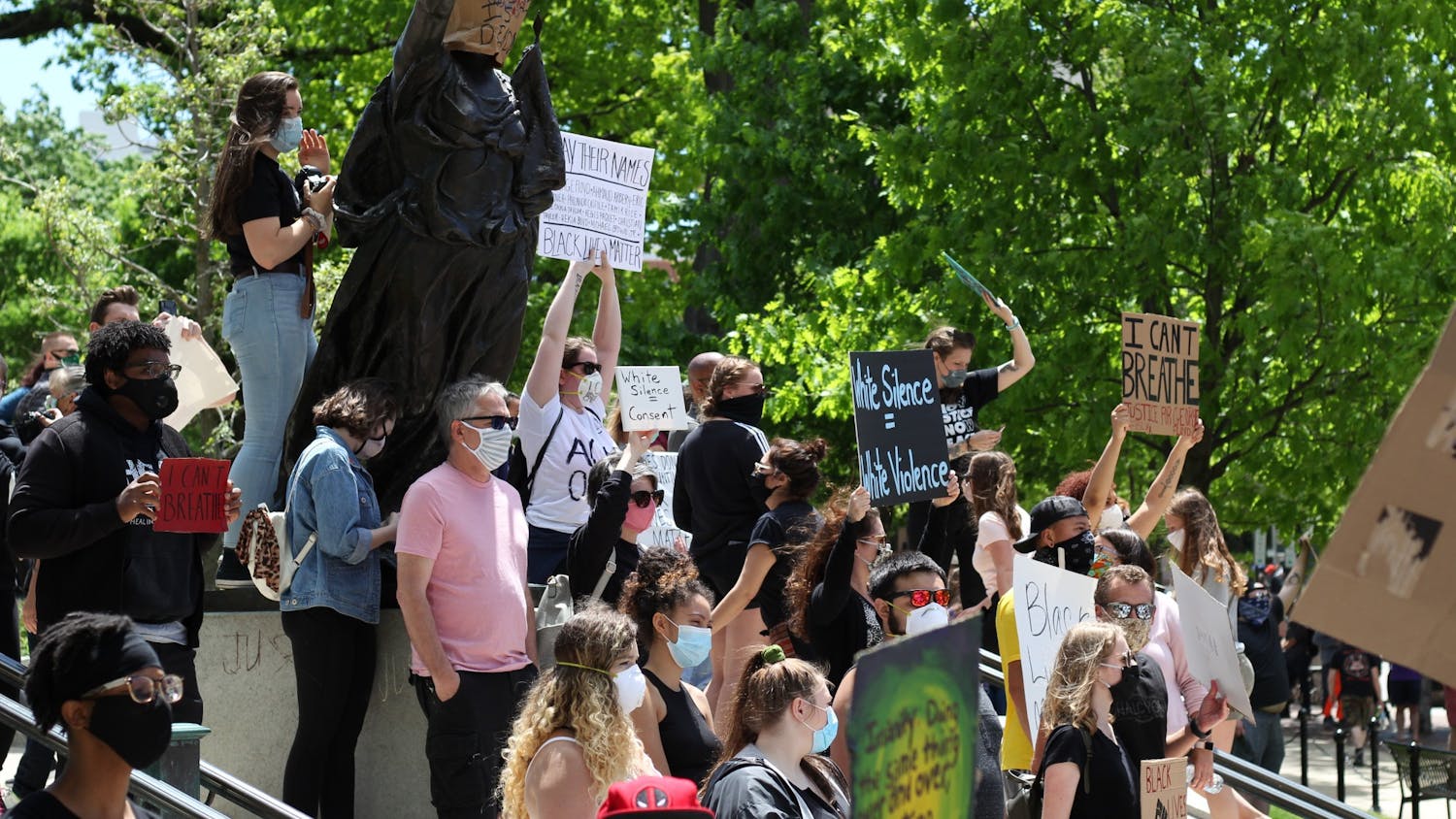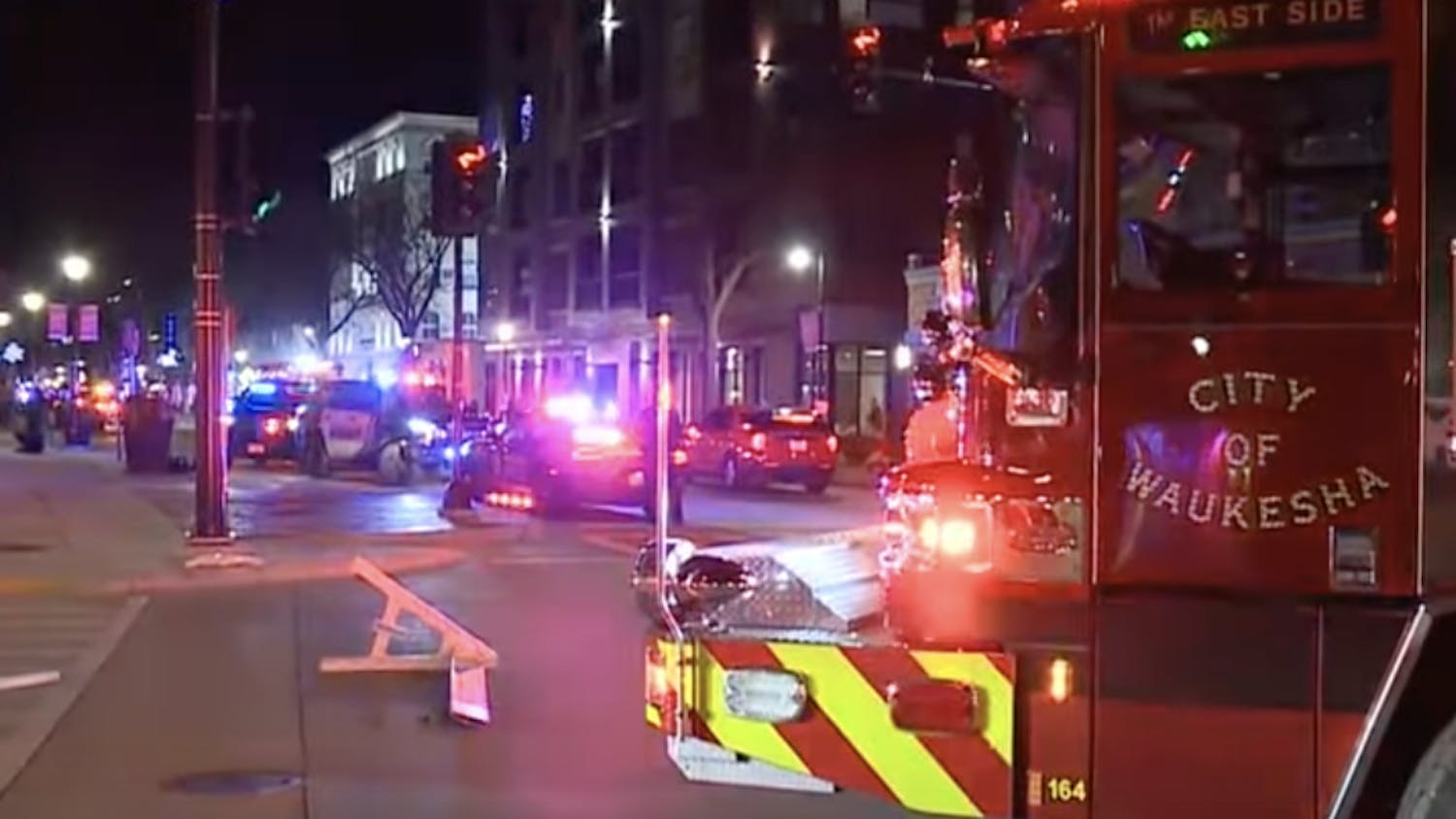Voting for Associated Students of Madison positions is underway. UW-Madison students will elect peers to represent each college as well as matters concerning students. Voting ends Wednesday, March 6 at 5 p.m. Central Time. Students may vote for a variety of positions by following this link. To know what’s what before clicking, though, keep reading to fully understand the student government.
What is ASM?
Today, ASM has many branches and bodies that represent student interests. Student placement on boards created direct action resulting in policy change, including 24-hour libraries, pre-exam study days and student placement on the Board of Regents. ASM also plays a role in the allocation of student fees as it is an official part of the Wisconsin state government.
When was ASM created?
Student representation at UW-Madison dates back to the 1890s. Throughout the decades, student government has taken many forms, including the Wisconsin Student Association and the University Student Life and Interest Committee. 1974 saw the state legislature pass statutes enacting new shared governance rights for students. In 1994, the ASM was created in response to the disbanding of the WSA after years of mismanagement, according to ASM’s website.
How do I vote?
To be an eligible voter, you must have a valid NetID and a campus ID. To vote in this spring’s election, click here.
What is Student Council?
Thirty-three elected students sit on Student Council this spring semester. This number is split up by college, school and student status. There are 12 College of Letters and Science, seven graduate, three College of Engineering, two College of Agricultural and Life Sciences, two professional, two School of Business, two special seats as well as one seat for students in the School of Human Ecology, Education and the School of Nursing and Pharmacy representatives, respectively. The Student Council represents the student body, carries out and delegates shared governance responsibilities and approves all ASM structure, rules and procedures, according to their website.
What is SSFC?
SSFC is made up of six elected, five appointed students and four members of student council. SSFC has primary authority over allocable fees, whereas Chancellor Rebecca Blank has primary authority over non-allocable fees. The committee hears presentations from a variety of organizations throughout the school year seeking funding on campus and votes on the approval of allocated funds. The vote is then confirmed by ASM’s Student Council and is sent to Blank to be approved by the UW-System Board of Regents.
What is the student segregated fee?
In addition to tuition, students pay a fee determined in part by SSFC. In spring 2019, it totaled $641.08. With help from the Office of the Vice Chancellor for Finance and Administration, the Office of the Chancellor, the UW System and the Office of the Board of Regents, SSFC allocates approximately $51 million in student fees to university services, including Registered Student Organizations, University Health Services, bus passes and transportation services as well as the Child Care Tuition Assistance Program, among others.
What is an Open Committee?
Any student may serve on an Open Committee running for an elected position. Committees include Campus Relations, Equity & Inclusion, Legislative Affairs, Sustainability and Shared Governance.
What is a Closed Committee?
Closed Committee appointments are determined by the ASM Nominations Board. Appointments require a vacant seat and an interview. Closed Committees include Grant Allocation Committee, Student Activity Center Governing Board, Conference Selection, Nominations Board, StudentPrint Board, Student Transportation Board, reserve board and a portion of SSFC.
What is the Shared Governance Committee?
Those not interested in either of the committee types above can participate in approximately 70 committees set up throughout campus by the Shared Governance Committee. These organizations include a Regent Task Force on Campus Climate Change, Housing and Dining Committee and Non-Resident Tuition Appeals Committee among others.
Voter turnout rates since 2012 have averaged around 11.7 percent, with spring 2014 seeing a 34.4 percent turnout rate.






